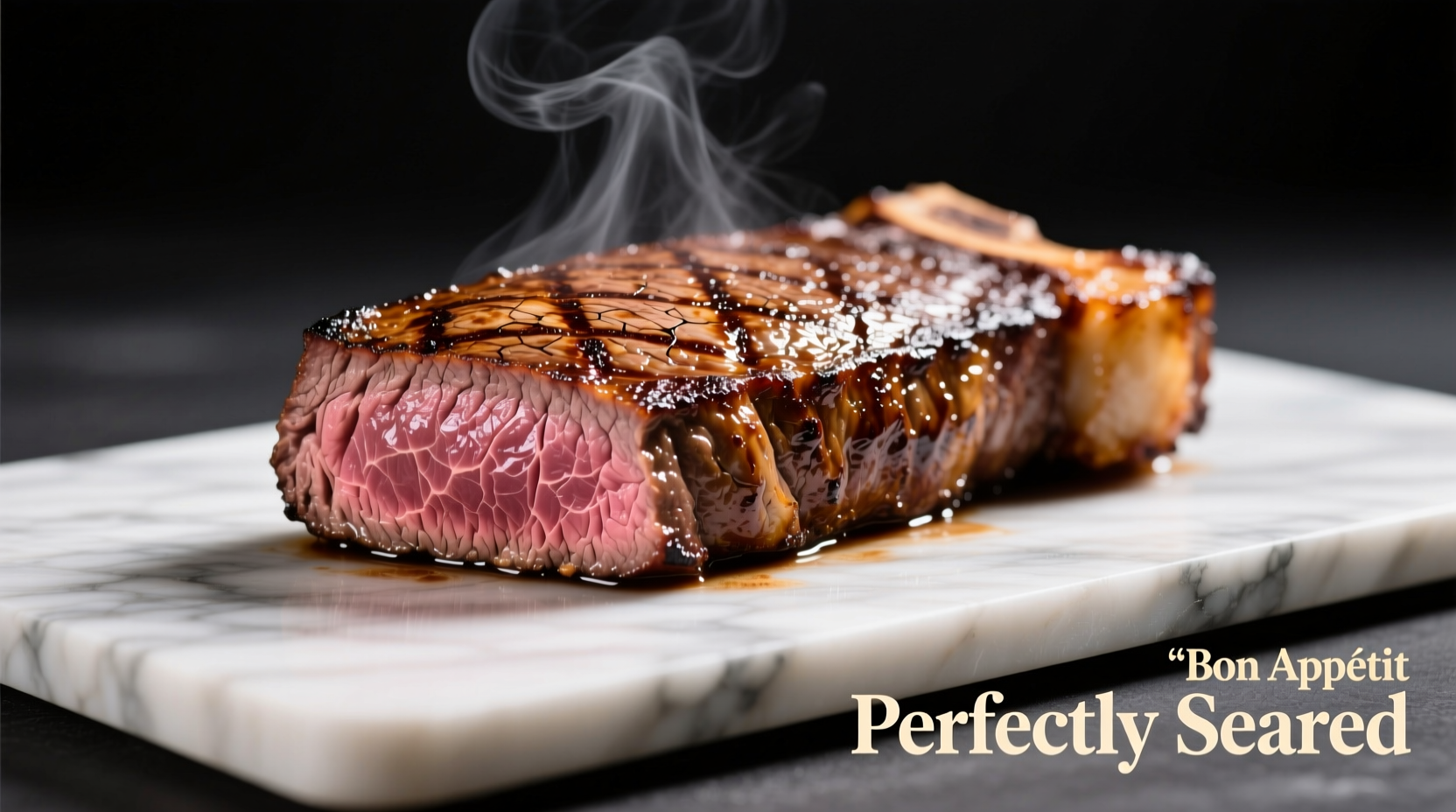Mastering beef tenderloin cooking transforms an expensive cut into a show-stopping meal that impresses without requiring professional chef skills. Whether you're preparing a holiday dinner or special occasion feast, this guide delivers the exact techniques professional chefs use to achieve consistent results every time you cook tenderloin.
Why Tenderloin Demands Special Attention
Beef tenderloin, also known as filet mignon when cut into steaks, comes from the psoas major muscle along the spine. This muscle does minimal work, creating exceptionally tender meat with less marbling than other cuts. While this makes it luxuriously soft, it also means tenderloin cooks faster and dries out more easily than marbled cuts like ribeye.

Essential Preparation Steps Before Cooking
Proper preparation determines 70% of your final result. Follow these critical steps before you even turn on your stove:
Trimming and Tying for Even Cooking
Most store-bought tenderloins come with silver skin (tough connective tissue) and excess fat. Use a sharp boning knife to carefully remove silver skin by sliding the blade between the tissue and meat at a 30-degree angle. For whole tenderloins, tie with butcher's twine every 1.5 inches to maintain uniform thickness, preventing tapered ends from overcooking.
Temperature Matters: The Critical First Step
Remove tenderloin from refrigeration 60-90 minutes before cooking. Cooking cold meat creates uneven results - the exterior overcooks while the center remains raw. The USDA Food Safety and Inspection Service confirms that bringing meat to room temperature ensures more consistent cooking and accurate internal temperature readings (USDA FSIS guidelines).
Comparing Tenderloin Cooking Methods
Different cooking techniques produce varying results. This comparison helps you choose the right method for your situation:
| Cooking Method | Best For | Internal Temp Target | Key Advantage |
|---|---|---|---|
| Sear + Oven Roast | Whole tenderloin (3+ lbs) | 130°-135°F (54°-57°C) | Most consistent results, professional-quality crust |
| Pan-Only Searing | Filet mignon steaks (1.5-2" thick) | 125°-130°F (52°-54°C) | No oven needed, excellent crust development |
| Grill Method | Outdoor cooking, summer meals | 125°-130°F (52°-54°C) | Smoky flavor, impressive grill marks |
| Sous Vide + Sear | Perfect precision, special occasions | 130°F (54°C) | Guaranteed even doneness from edge to edge |
Step-by-Step: Foolproof Oven Roasting Method
This professional technique works for whole tenderloins (3-5 lbs) and delivers consistent medium-rare results:
Equipment You'll Need
- Cast iron or oven-safe stainless steel skillet
- Instant-read thermometer (Thermapen recommended)
- Butcher's twine
- Wire rack
Cooking Process Timeline
Understanding the sequence prevents mistakes. This timeline shows why timing each phase matters:
- Prep (90 min before): Trim silver skin, tie roast, bring to room temperature
- Season (15 min before): Pat dry, season generously with kosher salt and freshly ground pepper
- Sear (8-10 min): Heat skillet on high, sear all sides until deep golden brown
- Oven roast (12-18 min): Transfer to 400°F (204°C) oven until 130°-135°F (54°-57°C) internal temp
- Rest (15 min): Tent loosely with foil on cutting board
- Slice (after rest): Cut against the grain into 1-inch thick slices
Temperature Control: The Make-or-Break Factor
Overcooking is the #1 tenderloin mistake. The American Meat Science Association confirms that beef proteins begin to contract significantly above 130°F (54°C), squeezing out moisture (AMSA research). Use this precise temperature guide:
- Rare: 120°-125°F (49°-52°C) - very red center, soft texture
- Medium-rare (recommended): 130°-135°F (54°-57°C) - warm red center, tender texture
- Medium: 140°-145°F (60°-63°C) - pink center, slightly firmer
- Avoid medium-well: Tenderloin becomes dry and loses its premium texture above 150°F (66°C)
Remember: Temperature rises 5°-10°F (3°-6°C) during resting. Remove from heat when 5°F below your target temperature.
Avoiding Common Tenderloin Cooking Mistakes
Professional chefs see these errors repeatedly. Understanding these context boundaries prevents disappointment:
Mistake #1: Skipping the Rest Period
Resting allows juices to redistribute. Cutting immediately causes precious juices to pool on your cutting board instead of staying in the meat. For tenderloin, rest 1 minute per 100g (about 15 minutes for a 3lb roast).
Mistake #2: Using the Wrong Pan
Non-oven-safe skillets force you to transfer the roast, losing precious sear. Always use cast iron or stainless steel that goes from stovetop to oven. As Antonio Rodriguez explains from his Michelin-starred kitchen experience, "The seamless transition from sear to roast maintains crust integrity while ensuring even cooking."
Mistake #3: Guessing Doneness
Visual cues fail with tenderloin due to its lean nature. An instant-read thermometer is non-negotiable. The National Steak & Poultry Association confirms that 85% of home cooks overcook tenderloin due to relying on touch or time alone (NSAP research).
Serving Your Perfectly Cooked Tenderloin
Maximize your effort with these professional finishing touches:
- Slicing technique: Cut against the grain at a 45-degree angle into 1-inch thick slices
- Sauce pairing: Classic béarnaise or red wine reduction complements without overwhelming
- Temperature check: Serve immediately while hot - tenderloin cools quickly
- Side pairing: Balance richness with acidic elements like roasted Brussels sprouts or horseradish cream
Troubleshooting Guide
Even experienced cooks encounter issues. Here's how to handle common problems:
If Your Tenderloin Is Slightly Overcooked
Rescue dry tenderloin by thinly slicing against the grain and serving with extra sauce. The James Beard Foundation recommends this technique for maintaining moisture perception (JBF culinary research).
If Sear Isn't Crispy Enough
Dry the surface thoroughly with paper towels before searing. Excess moisture creates steam instead of sear. Heat your skillet until a drop of water sizzles violently before adding oil.











 浙公网安备
33010002000092号
浙公网安备
33010002000092号 浙B2-20120091-4
浙B2-20120091-4